commentary Commentary
Commentary: Can we co-exist with PMDs? Yes, but we need to take a different path
The move to regulate and ban PMDs from void decks and corridors shouldn’t miss out on the bigger picture: We should be doing our utmost to enable people to move around their city, says Julienne Chen.

A man riding a personal mobility device (PMD) on a pedestrian footpath in Singapore. (File photo: CNA/Gaya Chandramohan)
SINGAPORE: There are five principles I bear in mind when it comes to thinking about e-scooters and other personal mobility devices (PMDs).
First, mobility (or, the ease and ability with which one can go from Point A to Point B) can make or break a city.
Second, walking is a fundamental human right.
Third, Singapore needs more options for environmentally sustainable, affordable and convenient transportation.
Fourth, cities have been shaped around cars to the detriment of the above three principles.
And lastly, to maintain a high quality of life, the status quo for mobility is not good enough.
HELP PEOPLE MOVE AROUND THE CITY
In truth, I’m relatively ambivalent about PMDs as a specific mode of transport. What I am less ambivalent about is that we should do our utmost to enable people to move around their city.
This is not only because there is a functional need for people to go to jobs, schools, appointments and make deliveries, but because mobility is an essential component of a quality urban experience.
Having the freedom to visit friends and family, drop by the local kopitiam, or enjoy an evening stroll is what makes us human and connects us with our community.
How do we make sure that people have that ability? Here is where the PMD comes into the picture. It’s part of a class of transport that is slower and cheaper than vehicles, faster than walking, and more independent than public transport.
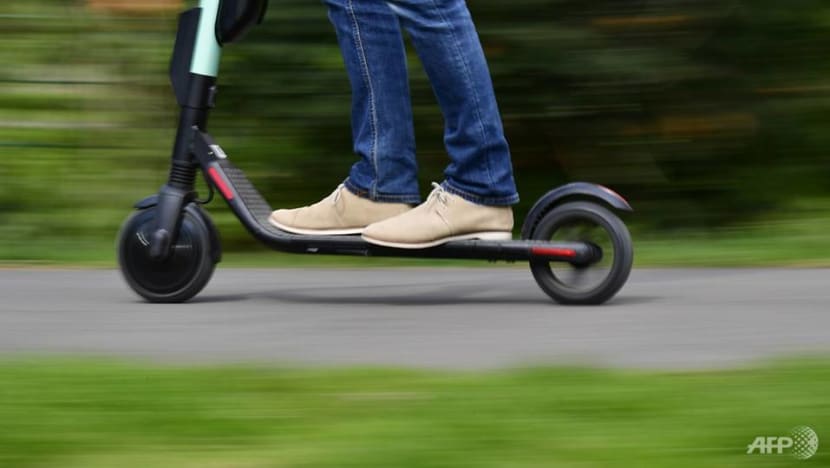
In the past, there were rickshaws and trishaws. Now, it’s e-scooters, bicycles and other PMDs. In the future, it could be jetpacks, flying hoverboards, who knows?
E-SCOOTERS, BICYCLES, VITAL FOR URBAN MOBILITY
These “middle modes” of transport are vital for urban mobility. However, their continued fringe status reinforces a long-standing problem in urban transportation: How to negotiate and balance the needs of different users, and how to serve the existing system while also envisioning a new, potentially disruptive system.
It would be naive to say this exercise isn’t laden with judgement and values about which users matter more than others. This fundamental question forms the basis of every city’s mobility strategy.
The topic of the moment is what position PMDs should occupy in that strategy. The current practice of sharing pedestrian footpaths has resulted in conflict and discord, leading to Senior Minister of State for Transport Dr Lam Pin Min’s announcement in Parliament on Monday (Aug 5) that 15 town councils have decided to ban PMDs from void decks and common corridors.
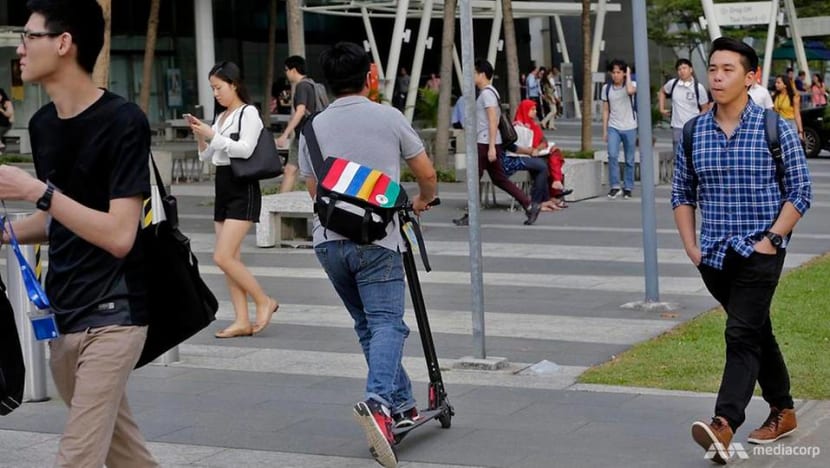
Pedestrians feel annoyed and fearful. PMD users feel inconvenienced and misunderstood.
And with good reason – the latest figures show that in 2017 and 2018, there were 228 reported accidents involving PMDs on public paths, 196 of them resulting in injury. Viral videos of altercations between pedestrians and PMD riders further highlight the underlying tension.
READ: Don’t complain about rules for bikes and PMDs until we’ve proven we can be responsible, a commentary
DEDICATED INFRASTRUCTURE FOR PMDS
One obvious solution is to create dedicated pathways for PMDs. Separated bicycle lanes, bicycle-only roads and bicycle highways have popped up in Seoul, Beijing, and Taipei.
Often, people use land scarcity as an excuse for why that’s not possible in Singapore. Yet we always seem to be able to find land for more and wider car lanes, car parks and car drop-off and pick-up points.
LISTEN: The Pulse: Impatient drivers and other threats on the road
In the meantime, PMDs have been relegated to already cramped pedestrian spaces.
This can be a self-reinforcing cycle – as it becomes less comfortable to be a pedestrian, more people might opt for car ownership, creating demand for more roads, and less priority for pedestrians, and so it continues. The premise of this commentary is that the opposite would also hold true.
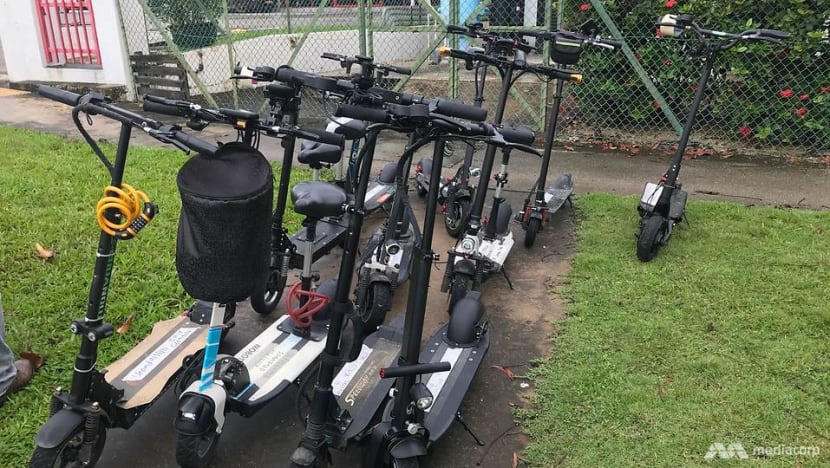
Instead, much of the current dialogue is focused on educating and regulating e-scooter riders. This is important and effective.
But it does not change the fact that the vast majority of Singapore’s footpaths were not designed to accommodate pedestrians, cyclists and an increasing array of motorised devices.
Squeezing everyone together on what is oftentimes a one-metre wide piece of concrete is a problem that cannot be solved entirely through soft measures.
The Transport Ministry’s announcement that they will set aside funds to widen footpaths, put up clear warning signs and install speed regulating strips at accident-prone hotspots is welcomed.
But we will need to go further to create a truly robust and inclusive transport system. PMDs need to have their own dedicated space.
MAKE TRANSPORT ENJOYABLE
Dedicated infrastructure for PMDs wouldn’t just create safer conditions for everyone. It would also help to stimulate a more vibrant and liveable city.
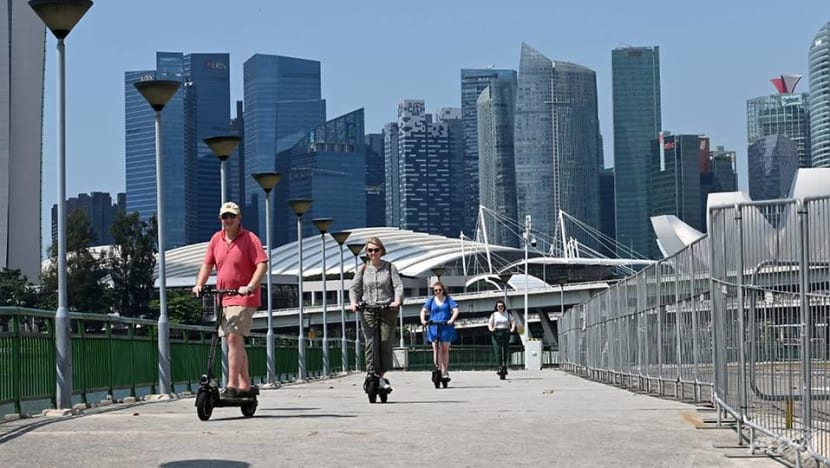
One could make the argument that the current system of shared pathways is functional. Technically speaking, it’s generally feasible to get from Point A to Point B on foot or on a PMD.
But are the people walking, cycling and scooting on those shared pathways happy? Do they enjoy the experience? Do they want to do it more often? Or do they just do it because they have no other good options?
This is important because research on behaviour change shows that if an activity is enjoyable, people are more likely to continue with it in the long-term.
It’s one thing to legally allow e-scooters to operate in Singapore. It’s another to create an environment where PMDs can thrive as a valued and enjoyable mode of transport, without taking away from the comfort and rights of the pedestrian.
If the Government wants to achieve a car-lite future, then this is a critical issue that should be thoroughly resolved, not just regulated into relative obscurity or non-existence.
READ: Kyoto, car-lite city of the future, a commentary
CHANGING SINGAPORE’S URBAN MOBILITY STORY
I can’t help but think about last year’s experience with bike-share.
First, we complained, then we regulated, and finally the bicycles all but disappeared. Sure, it’s nice that they’re no longer strewn about everywhere.
But let’s also look at what we lost. For the first time, I saw neighbours and colleagues riding a bicycle – not just for recreation, but to go to work and run errands – refuting the common refrain that it’s too hot to cycle in Singapore.
It was a unique opportunity to catalyse community cycling, and for people to start seeing cycling as a viable alternative to crowding into packed MRT carriages or shelling out for a COE.
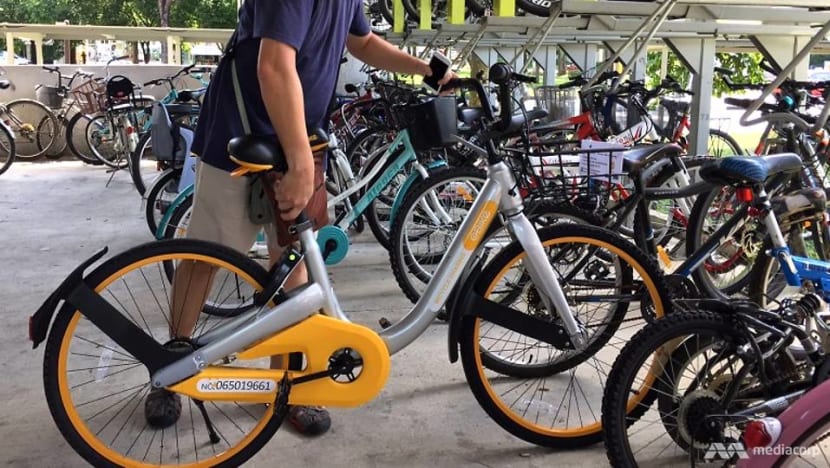
Unfortunately, instead of fanning those embers – supporting the necessary infrastructure for people to safely and enjoyably cycle – we got hung up on how it was disrupting our pre-existing conception of the city, and slowly but surely, bike-sharing was choked out of existence.
READ: With Mobike’s impending exit, is it time to give public bike-sharing a shot? A commentary
READ: The curious case of slick start-ups that tout billion-dollar valuations then rapidly collapse, a commentary
For me, PMDs represent a second bite at the apple, a chance to take a different approach this time around.
We could be on the cusp of something really exciting in Singapore’s urban mobility story. But the city needs to decide if it wants to channel that energy into a transformative solution to realise the full potential of active mobility.
The alternative is that we continue with the existing system of shared pathways, a tolerable solution at best, believing that “a good compromise is one in which neither side is happy”. Except for the cars that continue to reign supreme over our cityscape, that is.
Julienne Chen is a research fellow at the Lee Kuan Yew Centre for Innovative Cities at the Singapore University of Technology and Design, where she focuses on urban processes and systems.














